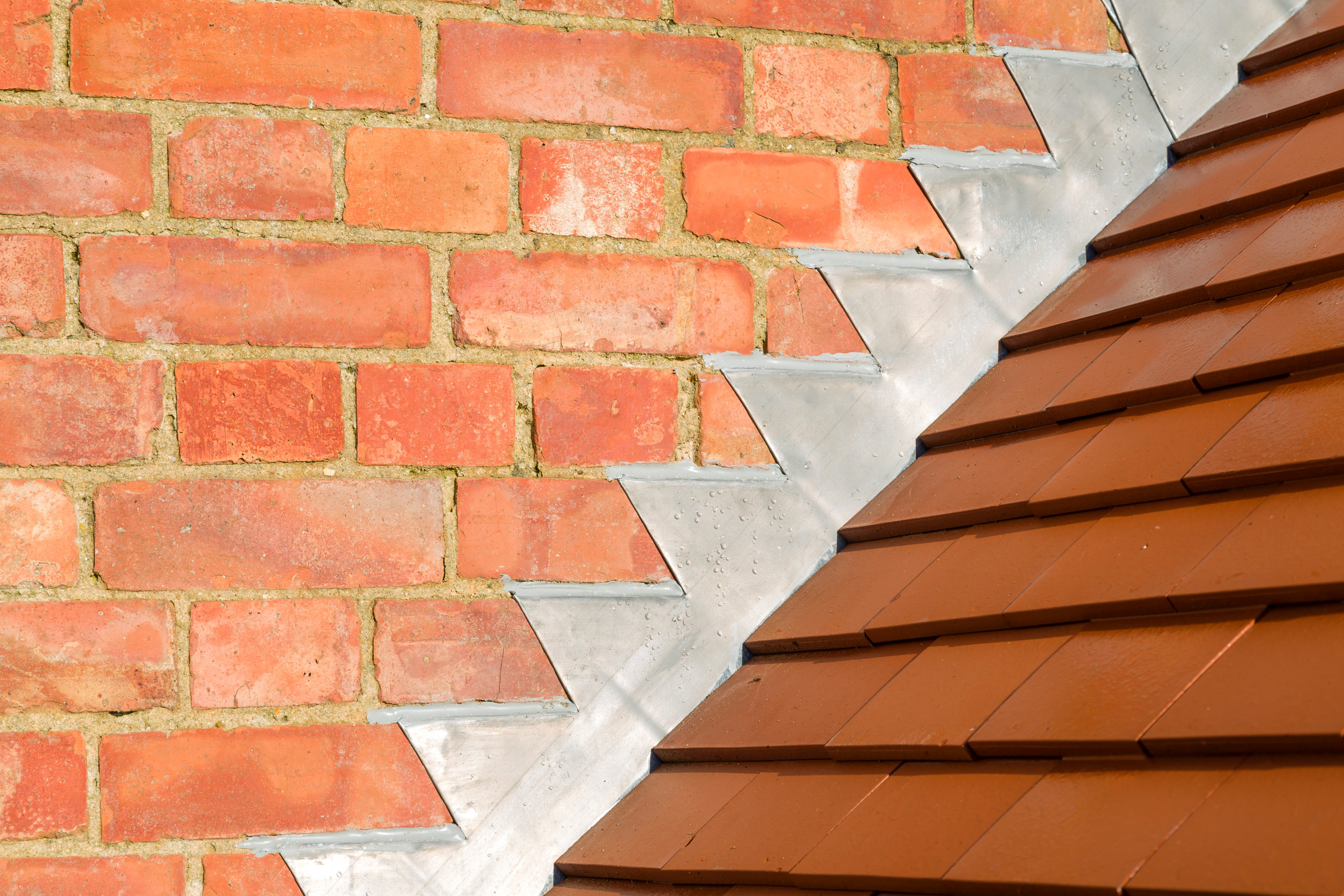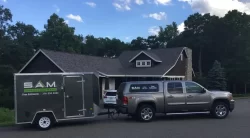
When you picture your roof, you probably think about shingles, maybe your gutters, or even your chimney. But there’s one critical piece that often gets overlooked—roof flashing.
It might not be the most glamorous part of your roofing system, but flashing is what keeps water from sneaking into the spots where your roof is most vulnerable. Let’s talk about what flashing actually is, why it’s so important, and how to know when it needs some attention.
Flashing is a thin strip of metal—usually aluminum or galvanized steel—that’s used to seal and protect the joints and edges on your roof. It helps guide water away from areas where it could otherwise get in, like where your roof meets a wall or around a chimney or vent.
Think of it as your roof’s behind-the-scenes water guard, keeping leaks at bay where shingles alone can’t do the job.
Flashing is installed in a few key spots:
Basically, flashing reinforces all those areas that are most prone to leaks.
Your shingles do a great job covering most of your roof, but they’re not designed to handle corners, seams, or tight spots. That’s where flashing comes in. Without it, water could slip into the structure of your home, leading to:
Good flashing keeps water moving in the right direction—off your roof and into your gutters.
Like anything on your roof, flashing wears out over time. It can get bent, rusted, loosened by storms, or even installed incorrectly. And since it’s often hidden beneath shingles or behind chimneys, it’s easy to miss when something’s gone wrong.
Common signs of flashing trouble include:
If you’re seeing any of these issues, it’s a good idea to have your roof checked out before the problem gets worse.
In many cases, yes. If the rest of your roof is in good shape, a roofer can remove and replace just the damaged flashing. On the flip side, if you’re getting a full roof replacement, flashing should absolutely be updated as part of the job.
Roof flashing might not be something you think about often, but it plays a huge role in keeping your home dry and protected. Staying ahead of small flashing issues can save you a lot of money—and headaches—down the road.
At S.A.M. Shingles & More, we pay attention to the details that matter. If it’s been a while since your roof was inspected, or you’re noticing signs of a leak, give us a call. We’ll make sure everything—including your flashing—is doing its job.

